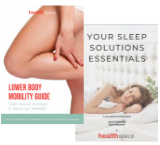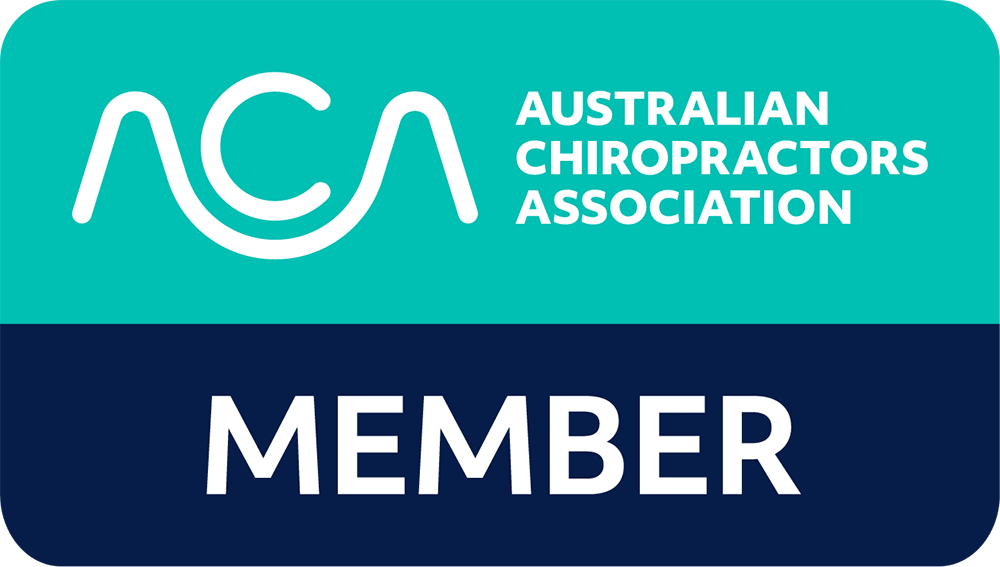
It’s mind-boggling to think about the amount of toxins our bodies are exposed to these days. Researchers in the US found an average of 200 industrial chemicals and pollutants in umbilical cord blood from newborn babies: a mixture of pesticides, consumer product ingredients, and wastes from burning coal, gasoline, and garbage (1). A bit of a wake-up call, isn’t it?
If it’s not something you’ve looked into before falling pregnant, now is a crucial time to assess and adjust the level of toxins you’re exposed to in order to optimise yours and your baby’s health. And while it’s impossible to avoid chemicals entirely, you can significantly lower your exposure to pollutants and toxins in the environment. Here are three simple ways to make a head start.
Avoid plastic packaging and containers
Chemicals can enter food or beverages stored in plastic containers and the leaching of chemicals will accelerate when plastic is heated (2). One of the main culprits here is called phthalate, a hormone-disrupting chemical that has been shown to have adverse effects on a baby’s health during pregnancy and beyond (3). As much as possible, buy fresh instead of packaged food and opt for glass, ceramic or even silicone to store food at home. Before you put anything in a microwave, always transfer it to a safe container first such as glass. It’s a similar story with bottled water. In a study conducted across 11 brands of plastic bottled water, 93% showed signs of micro-plastic contamination (4). Bottom line: avoid plastic as much as you can. Stainless steel is one of the safer alternatives out there when it comes to reusable water bottles and one that can be found pretty much everywhere now.
Ditch the scented stuff
Whether it’s for your candles, cosmetics or household cleaning products, choose natural ingredients only or go fragrance free. Amongst many other nasty chemicals, phthalate is again one of the main culprits with synthetic fragrances. A survey which tested over 25 air fresheners and other scented products showed that they emitted more than 100 VOCs, including some that are classified as toxic or hazardous by law (5). Use an essential oil diffuser for a lovely smelling home and with candles, opt for pure beeswax instead of scented ones. When it comes to cosmetics and household cleaning products, learn to read labels and avoid anything that contains synthetic fragrances. Download the Chemical Maze app to know which ingredients you should watch out for. Also check out Nourished Life, my favourite place to shop for a huge range of quality toxin-free products.
Drink filtered water
When it comes to drinking water, quality matters as much as quantity. Tap water, even the so called “safe-to-drink”, isn’t what it claims to be. Pretty much everywhere you go, tap water is laced with chlorine, fluorine compounds, hormones, pesticides and even trace amounts of prescription drugs (6). It will make a huge difference to your health and the health of your baby if you filter your drinking water. There are plenty of options available out there to suit different budgets. Buying a good quality filter jug is a great start. In Australia, I love the range at WatersCo. We’ve installed a reverse osmosis filter under our kitchen benchtop using the services of The Water Shop in Sydney. Once you clean up your water with a good filter, remember to store it wisely. Try to get into the habit of carrying around a reusable stainless steel or glass container wherever you go in order to avoid plastic for all the reasons explained above.
And please don’t panic if you realise that you may have been exposed to more toxins than you thought possible. The body is a wonderful self-healing machine, given the right conditions. Now that you have some tools to choose better, go forth and make some changes. Your body and your growing baby will thank you for it.
If you feel overwhelmed by the ton of information out there about what’s safe and what’s not, please reach out. I’d love to help you with tailored wellbeing advice. Together we will work on a plan to significantly reduce your exposure to toxins and I will help you assess and adjust your living and work spaces to ensure they’re supportive of your health and the health of your baby. I can’t wait to meet you!
Photo by Ignacio Campo on Unsplash
References
- Body burden, the pollution in newborns, Environmental Working Group, July 14, 2005. https://www.ewg.org/research/body-burden-pollution-newborns
- Harvard Women’s Health Watch. Is plastic a threat to your health? Published online December 2019. https://www.health.harvard.edu/staying-healthy/is-plastic-a-threat-to-your-health
- Exposure to phthalates may raise risk of pregnancy loss, gestational diabetes. Published online November 2016. https://www.hsph.harvard.edu/news/features/phthalates-exposure-pregnancy-loss-gestational-diabetes/
- 2. Sherri A. Mason , Victoria Welch, Joseph Neratko, Synthetic polymer contamination in bottled water, State University of New York at Fredonia, Department of Geology & Environmental Sciences. http://news.bbc.co.uk/2/shared/bsp/hi/pdfs/14_03_13_finalbottled.pdf
- Potera C. (2011). Scented products emit a bouquet of VOCs. Environmental health perspectives, 119(1), A16. doi:10.1289/ehp.119-a16. https://www.ncbi.nlm.nih.gov/pmc/articles/PMC3018511/
- 1. Frank Lipman, M.D., Why you MUST simply filter your water, Mind Body Green. https://www.mindbodygreen.com/0-13217/why-you-simply-must-filter-your-water.html

